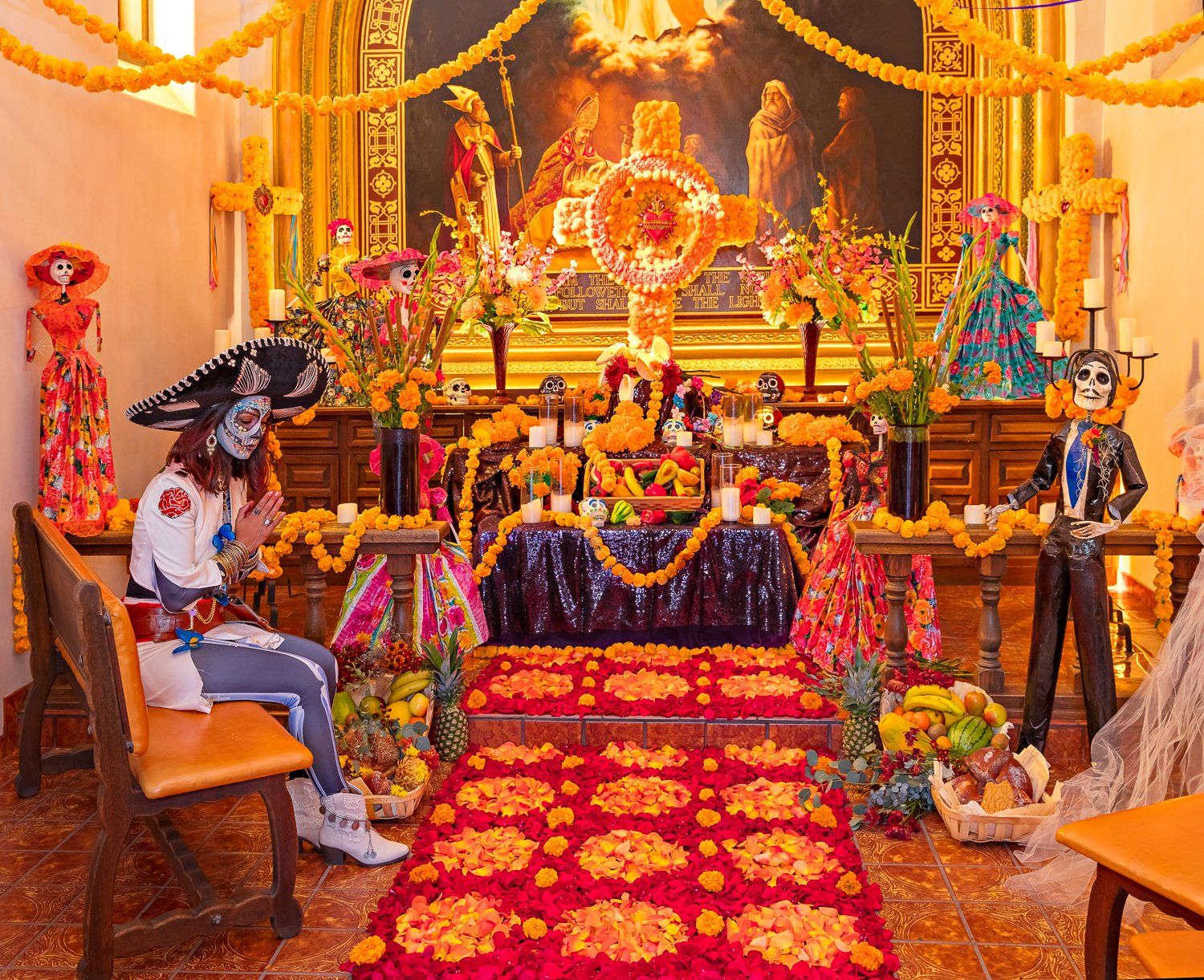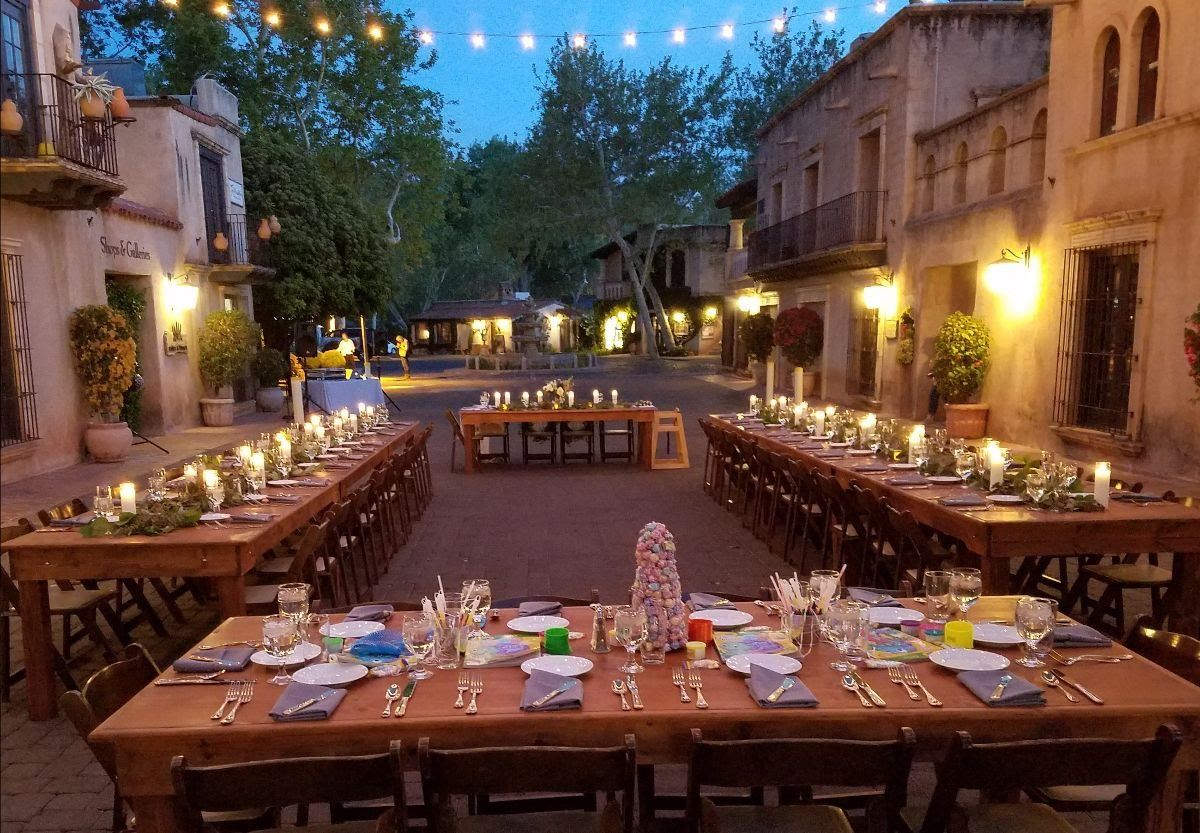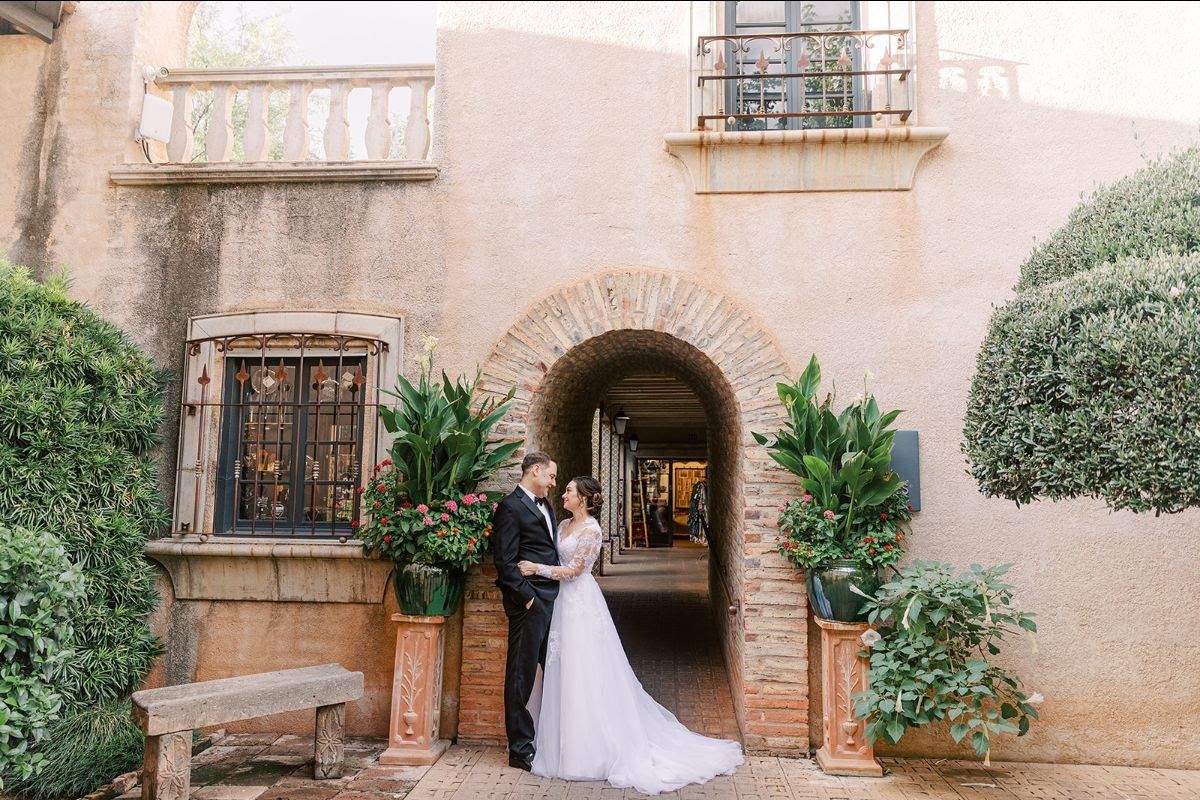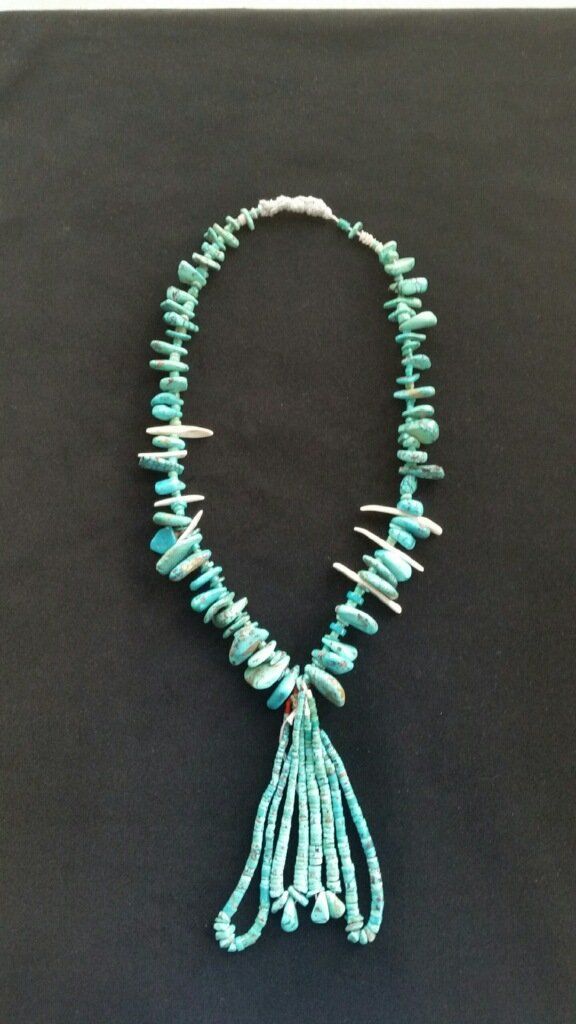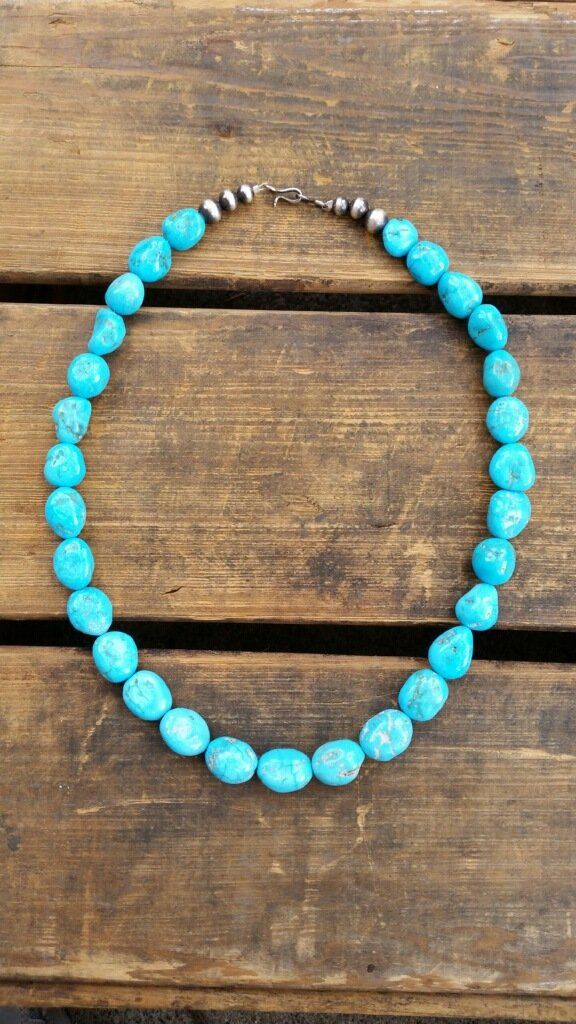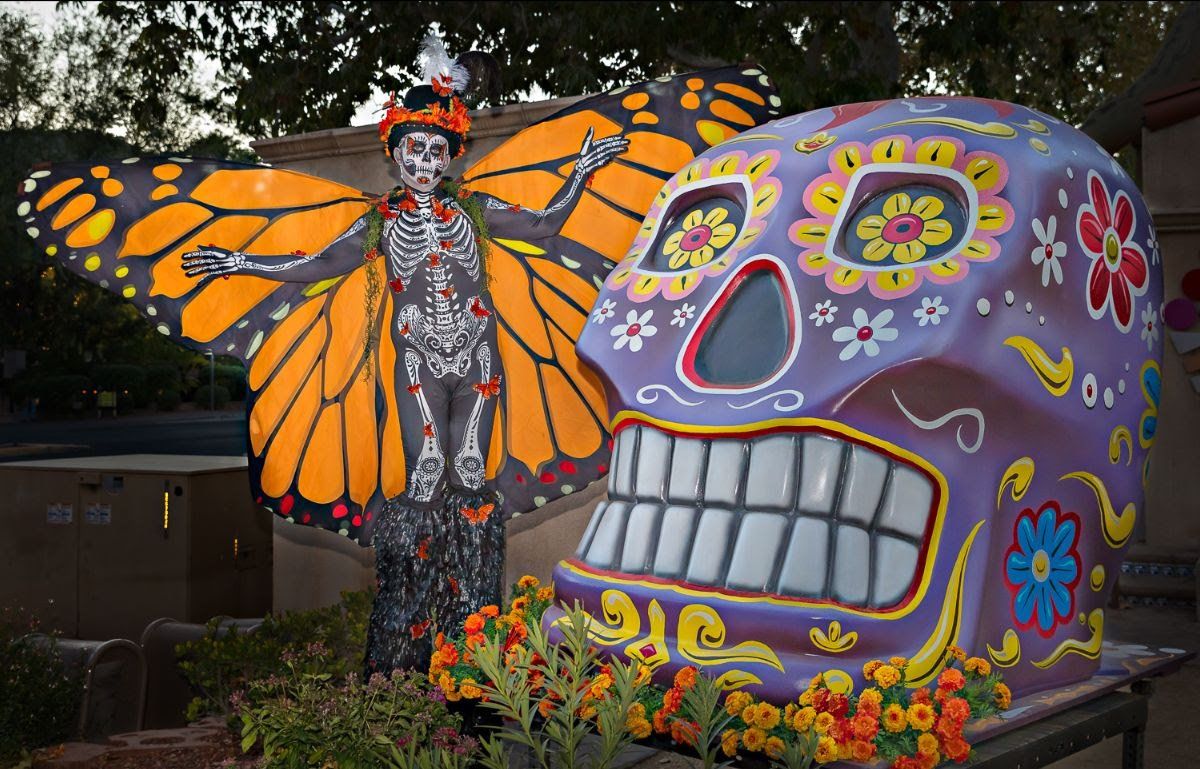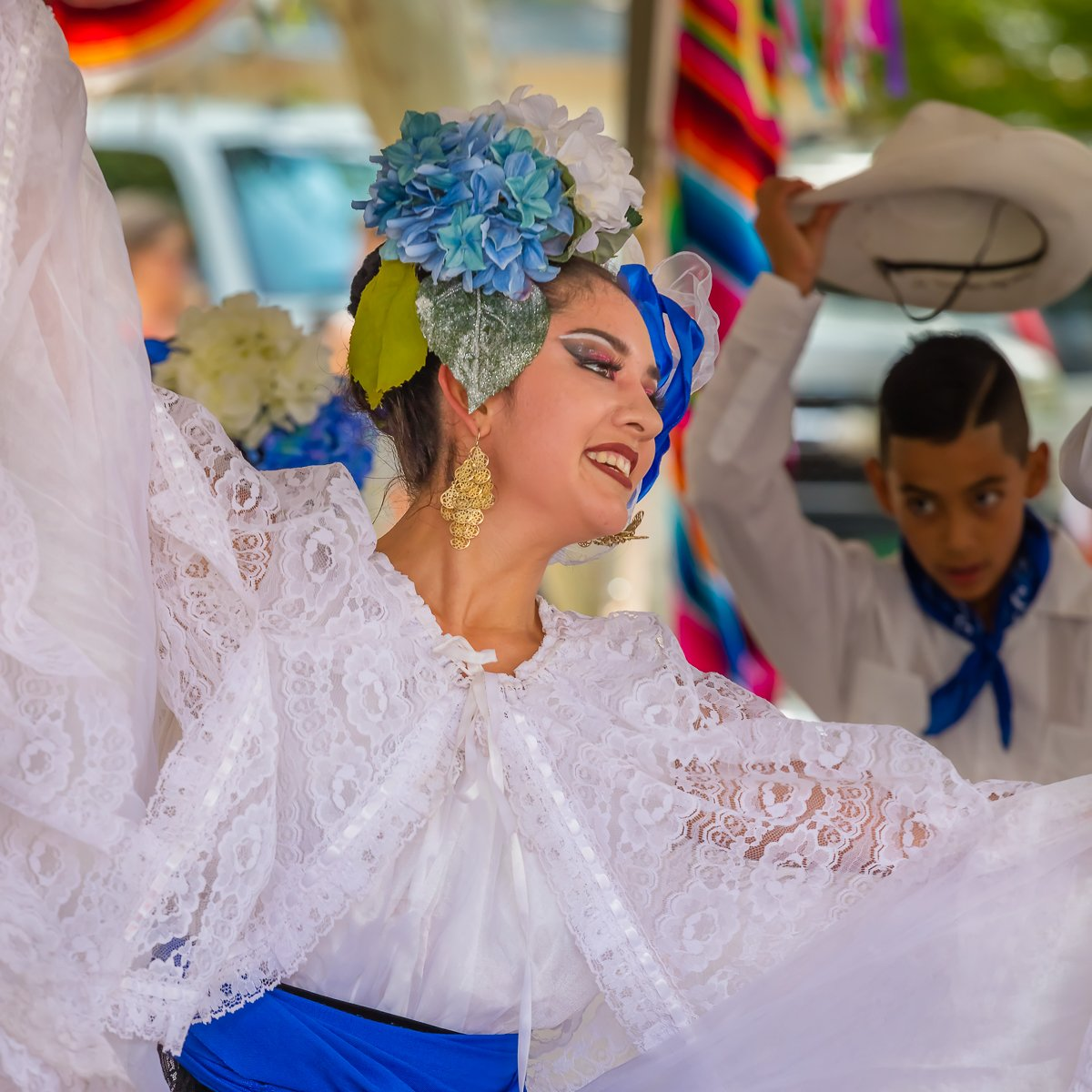Turquoise, Composition and History
Turquoise, Composition and History Part 1
Cocopah , Arizona’s oldest bead store, is committed to dealing in historic, ethnic and rare beads. Turquoise has always been the most significant bead we represent. It was an intricate part of the history, lore and trade of Pre-Columbian Indians in the Southwest and along the ancient trade routes to South America. As all the mines but Kingman have closed, it has become yet more precious and costly. Imitation materials are sold everywhere as Turquoise. Visitors constantly ask us how to tell the real from the fake. We want to share with you some fascinating information about this mythic stone.
Turquoise is a hydrated phosphate of aluminum and copper, formed by water seeping into rock flush with phosphorous, aluminum and copper. It usually forms near copper deposits. This mineral-rich water occupies cavities in the rock and, when it evaporates, leaves Turquoise created from a mix of these components and other local elements that will ultimately affect the hue. Turquoise forms in a diverse range of color from pale to deep blue and dark green, due to the addition of local trace elements. Most Turquoise mines are located in dry desert areas such as the Southwestern United States, Iran, China, and Afghanistan.
The documented history of Turquoise dates to approximately 4000 BC and the Turquoise mines of northeastern Persia. Gem quality Turquoise has been located in the burial sites of Persian nobles from that region. The most fabled Egyptian mine dates to 3000 BC, located on the Sinai Penisula in an area known Serabit el-Khadim. This mine supplied pharaohs and royalty with gemstones for jewelry and artifacts. Turquoise jewelry has been unearthed in almost all significant burials of Egyptian royalty since the beginning of archaeological excavation in Egypt.
The word 'Turquoise' comes from the French term, pierre turquoise, meaning gemstone from Turkey. In the 17th century, French traders found quantities of excellent Turquoise in the bazaars of Istanbul, Ankara and Izmir and assumed that Turkey was the source. Much later they discovered that it was mined in Persia.
As late as the early 20th century, there were more than 40 mines producing Turquoise in the American states of Arizona, New Mexico, Nevada and Colorado. At the present time, only the mine at Kingman, Arizona is in full operation. In September 2012, the Sleeping Beauty mine unexpectedly shut down because it was mined out. There is speculation that if they can dig down another one thousand feet, there might be more. This is uncertain and the price to continue mining is prohibitive. In 1960, the legendary #8 Spiderweb Turquoise mine in Nevada stopped production. Originally, it had just been called the #8 mine, but Native Americans called it '#8 Spiderweb' and the name stuck. In Native American culture, #8 Spiderweb is the most desired of all the Turquoises ever mined in the Southwest. The delicate pattern of the matrix (deposits of mineral or rock that form patterns in the Turquoise) is highly desirable and the true turquoise color of the stone is most remarkable. It is interesting to note here that while Europeans and East Coast Americans often desire the pristine robin's egg blue of Persian Turquoise with its lack of matrix, Tibetans and Native Americans favor a Turquoise with interesting patterns of matrix.
Please check back or sign up for our newsletter posts to receive segment two and three of the History of Turquoise....all items and additional information is available and provided by Cocopah at Tlaquepaque.
